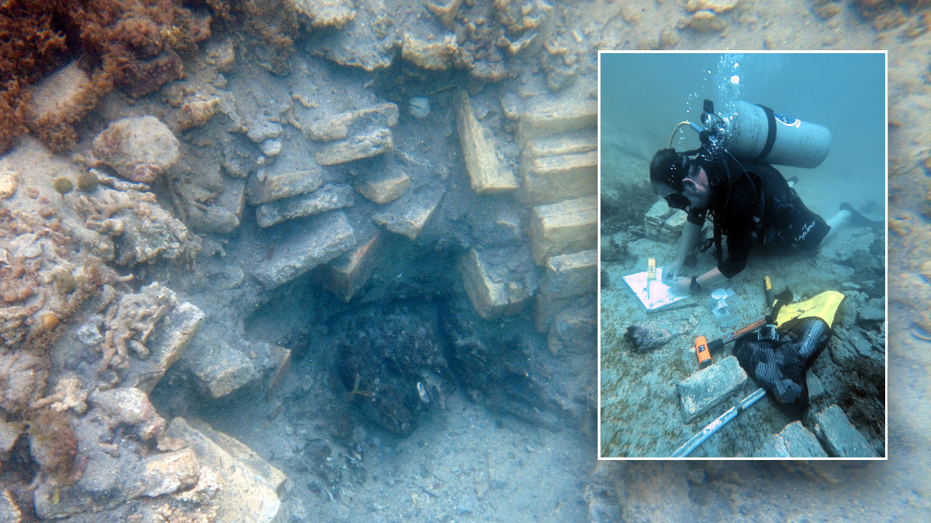300-Year-Old Danish Slave Ships Discovered Off Costa Rica: History Unearthed Beneath the Waves

Sarah Johnson
May 2, 2025
Brief
Archaeologists confirm two shipwrecks off Costa Rica are Danish slave ships lost in 1710, uncovering new truths about a dark chapter in maritime history.
Archaeologists have made a chilling discovery off the coast of Costa Rica's Cahuita National Park: two shipwrecks, identified as the Fridericus Quartus and Christianus Quintus, have finally been confirmed as 18th-century Danish slave ships, more than 300 years after they met their watery graves.
These vessels, both lost in 1710, have been subjects of speculation and myth for centuries. The Fridericus Quartus was deliberately set on fire, while the Christianus Quintus met its end after its anchor rope was cut, sending it crashing into the surf. For years, no one was quite sure where they had gone down—until now.
It wasn’t until a recent deep dive—literally and figuratively—by researchers that the true identity of these wrecks came to light. Divers and scientists painstakingly collected wood samples and yellow bricks from the site. Dendrochronology (that’s tree-ring dating for the rest of us) revealed the timber originated from Northern Europe, specifically Denmark and surrounding regions, cut down between 1690 and 1695. The wood was charred, matching historical accounts of the ship being set ablaze. It’s like a centuries-old cold case finally cracked by science and a bit of luck.
Among the artifacts were clay pipes—run-of-the-mill Dutch ones, apparently the iPhones of their era, with a lifespan rarely exceeding five years. The yellow bricks, still stubbornly clinging to their Danish origins, were produced in Flensburg for use in Denmark and its colonies. Clearly, Danish construction trends were a thing, even on the high seas.
After careful analysis at the National Museum of Denmark and the University of Southern Denmark, the results lined up perfectly with historical records. As marine archaeologist David Gregory put it, the evidence is "very convincing," and there’s no longer any doubt about the ships’ identities. The charred timbers, Danish-made bricks, and other finds closed the case for good.
Andreas Kallmeyer Bloch, another marine archaeologist involved in the dig, admitted he nearly gave up before the breakthrough, calling it "the craziest archaeological excavation" he’s ever experienced. The discovery isn’t just a win for history buffs; it’s a monumental moment for Denmark’s historical record and for the communities connected to this dark chapter.
Sometimes, history really does refuse to stay buried—especially when it comes with a side of 300-year-old Danish bricks and a mystery that needed three centuries to solve.
Topics
Editor's Comments
Somewhere out there, a Danish bricklayer from 1710 is probably thrilled his work survived longer than most modern relationships. It’s wild to think that centuries of mystery unraveled with a bit of wood, some old bricks, and a whole lot of patience. Who knew the Baltic forest would end up as forensic evidence on the ocean floor?
Like this article? Share it with your friends!
If you find this article interesting, feel free to share it with your friends!
Thank you for your support! Sharing is the greatest encouragement for us.



